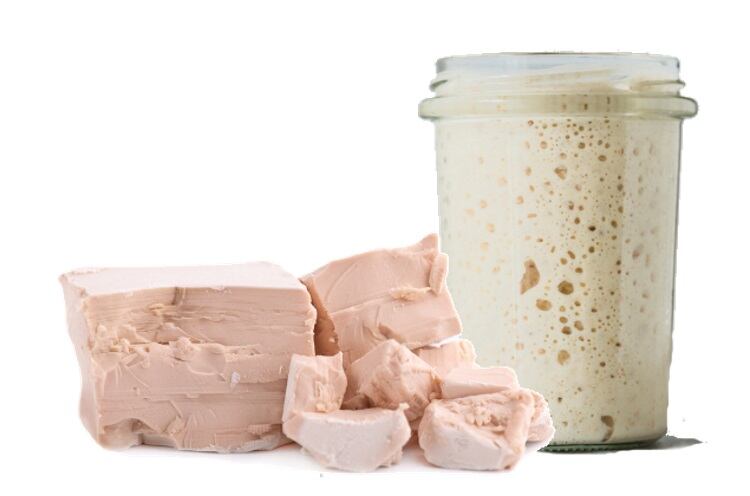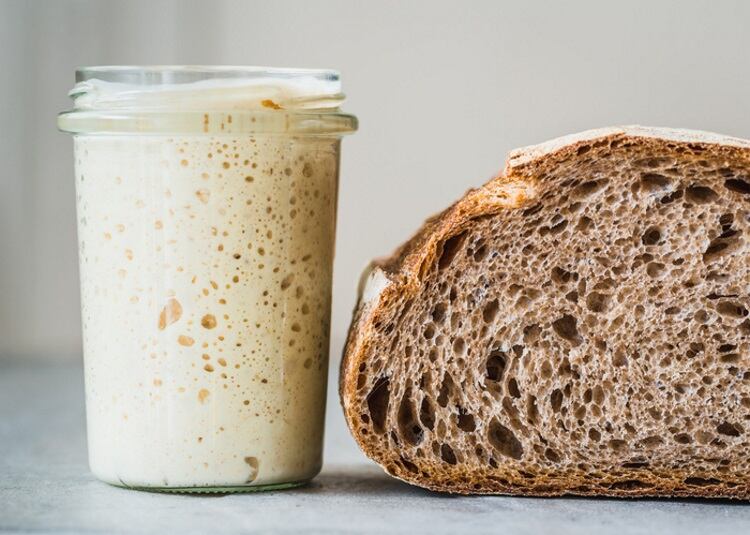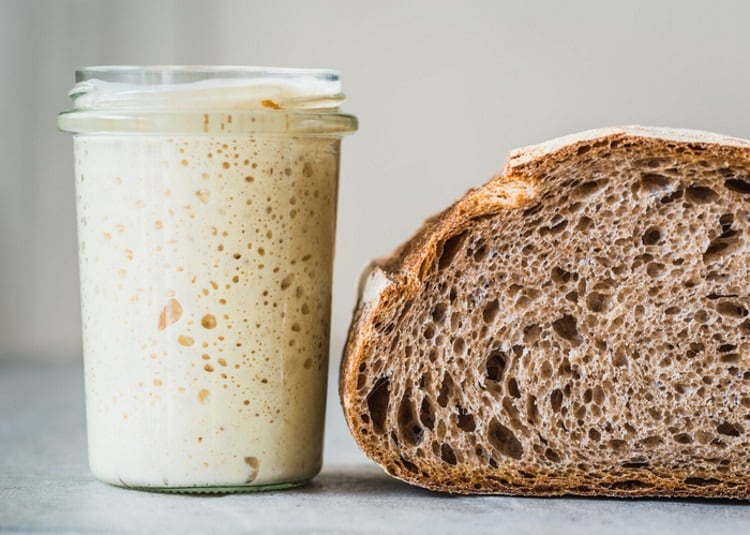The study – published in Current Biology – is the first time an analysis has been undertaken into how humans, over time, have domesticated the yeast used to make bread.
The production of leavened bread dates back to the second millennium BC. Since then, the art of bread making has progressed substantially, although the evolution of bread-associated microbial species remains largely unknown.
Today’s bread is made either by using a pure commercial culture of the yeast Saccharomyces cerevisiae or by propagating a sourdough (a mix of flour and water spontaneously fermented by yeasts and bacteria).
The team of French researchers obtained samples of 31 strains of commercial yeast and 198 samples of sourdough strains from multiple sites across Europe. Each sample was subjected to a chromosome analysis using flow cytometry to determine how related the strains were to one another. The researchers also studied data from other studies that sequenced the genomes of 17 strains of baker's yeast, along with 1,011 other yeast strains.
Commercial yeast
Results showed that modern baker's yeasts are polyphyletic, meaning they came from more than a single common ancestor.
Most commercial strains are also tetraploid – having four homologous sets of chromosomes – some with origins to yeasts used for making beer, selected because of their shortened latency phase of fermentation, producing up to a gram of carbon dioxide in just 30 minutes.
A 2019 study found ale beer strains were derived from admixture – interbreeding between two or more previously isolated populations within a species – between populations closely related to European grape wine strains and Asian rice wine strains.
Sourdough yeast
By contrast, most sourdough strains were diploid (containing two complete sets of chromosomes, one from each parent) and grouped in a second clade of strains having mosaic genomes and diverse origins, including fruits and natural environments.
While the researchers found no evidence of gene flow between commercial and sake strains, they did find signs of introgression – the movement of a gene from one species into the gene pool of another by the repeated backcrossing of an interspecific hybrid with one of its parent species – from Asian fermentation populations in sourdough strains.
Sourdough is a human-made habitat. According to the scientists, any yeast population originating from sourdough is domesticated because this environment would not exist without human intervention.
Sourdough strains are not only present in their environment by chance or by recurrent introduction but could have been selected for better fermentation performance through bakery processes.
Several duplications of some maltose genes appeared to have occurred in sourdough strains, which are better adapted to carry and regulate isomaltase maltase and other enzymes than industrial yeasts.
Summary
With this data, the researchers concluded that different sources of introgression have occurred in sourdough and commercial strains – suggesting that dispersion and gene flow are important evolutionary processes in bakery strains.
They also noted the study demonstrated the need to conserve different fermentation practices to maintain microbial genetic diversity going forward.
Studies:
Authors: Frédéric Bigey, Diego Segond, Anne Friedrich, et al
Current Biology (2020). DOI: 10.1016/j.cub.2020.11.016
A polyploid admixed origin of beer yeasts derived from European and Asian wine populations
Authors: Fay J.C., Liu P., Ong G.T., et al.
PLoS Biol. 2019; 17: e3000147




